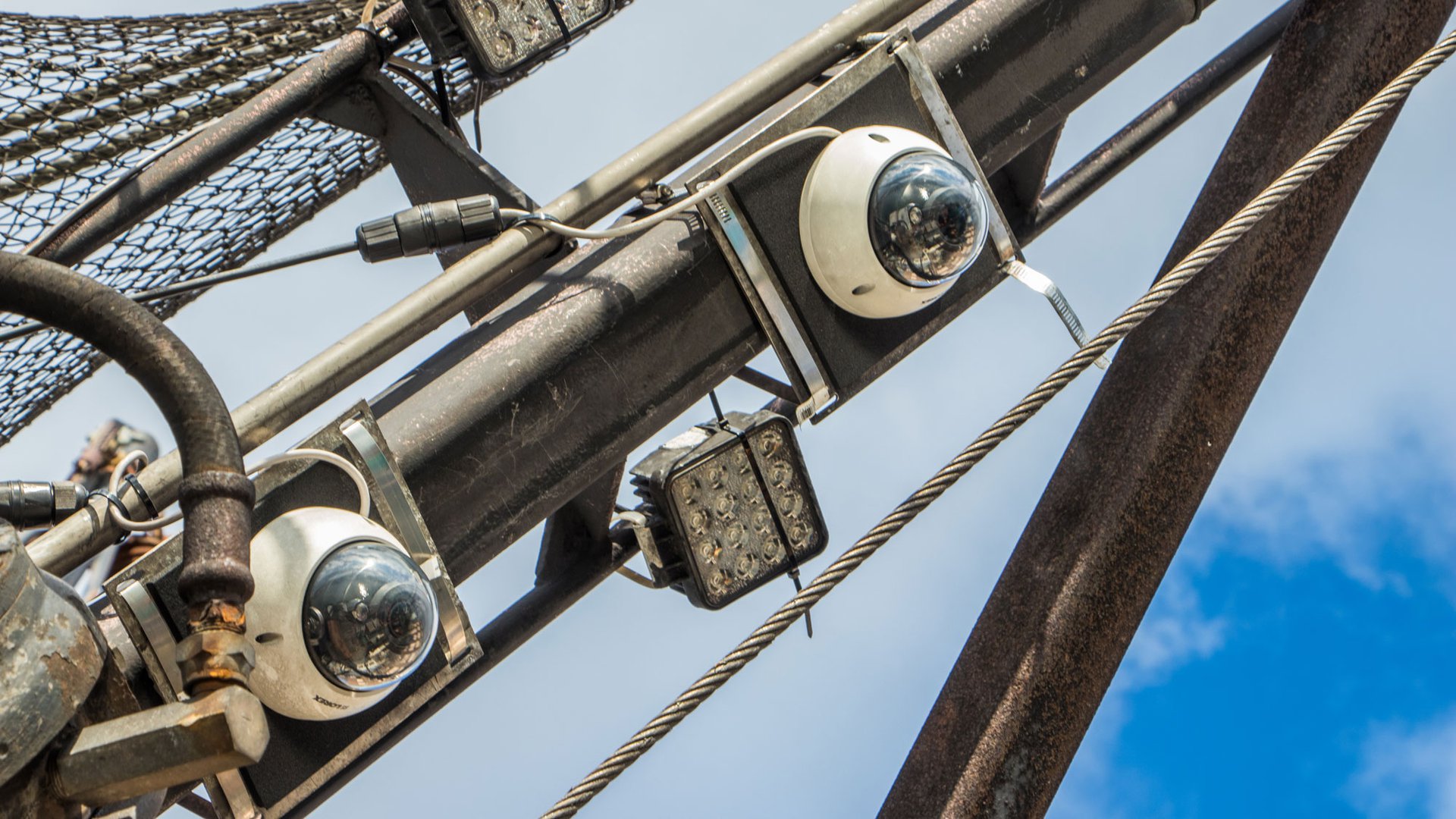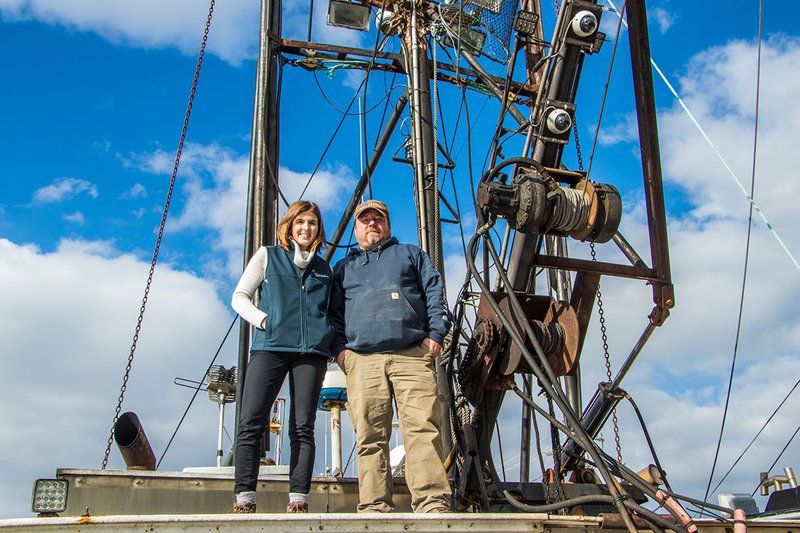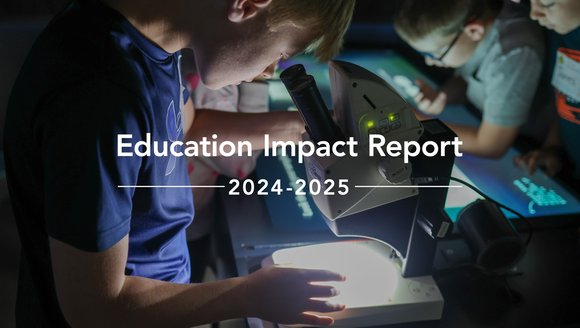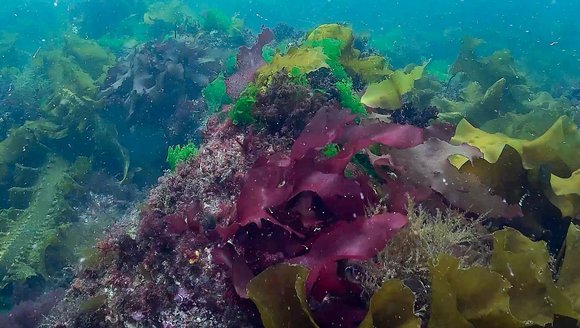Electronic Monitoring Expansion
Perspectives | Dec 31, 2018
by Heather Cronin
Fisheries Technical Assistance Program Manager
To comply with federal regulations, fishermen in the Gulf of Maine are monitored by fisheries observers — people who ride along with fishermen to collect catch data. There are several challenges associated with human observers, including safety and cost.

In recent years, GMRI and fishermen partners have pioneered a new technology called electronic monitoring (EM) — a system of cameras and computers mounted onboard fishing vessels. The EM program at GMRI has grown tremendously in recent years. The 30 vessels participating in the program this year have contributed data from 1,401 hauls over 451 trips, collecting data on over 77,000 individual fish.
Increased participation from fishermen means more video data to process. That’s why we’re working with machine learning experts to make the program scalable. Instead of relying on humans to watch the video generated onboard, we’re exploring how computers could identify fish species directly from video footage — the same way Facebook recommends tags for photos of your friends and family.
This is just one of many examples of how new technologies can improve outcomes for both fishermen and managers. Stay tuned for more updates as the work evolves.
Updates on Recent Projects
The Audit Model
GMRI, with its partners Ecotrust Canada, The Nature Conservancy, the Maine Coast Fishermen’s Association, and the Cape Cod Fishermen’s Alliance, is currently testing an audit EM model in an effort to reduce monitoring costs, and promote accountability and overall economic viability in the New England Groundfish Fishery. Vessels operating under the Audit Model carry a suite of cameras and sensors to collect datasets similar to those produced in the National Marine Fisheries Service’s At-Sea Monitoring program.
The goal is to use this data to verify discards reported by captains in electronic vessel trip reports (EVTRs). While at sea, captains and crew measure allocated groundfish species prior to discarding them, and report all kept and discarded catch on a haul-by-haul basis via an EVTR. Video is reviewed by an on-shore analyst to calculate lengths and weights of discarded fish for catch accounting and quota management. In the near future, the program plans to shift into the audit phase, in which the data collected from video will be used to ensure the accuracy of the captains reports.
The Audit Model is in its 6th year of implementation. From its origin in 2013, the project has increased to include over 25 vessels, fishing with trawl, gillnet, longline and jig gear and operating in ports from Port Clyde, ME to Point Judith, RI.
The Maximized Retention Model

The Maximized Retention EM Model is designed to improve accountability and decrease monitoring costs for vessels in the New England Multispecies Groundfish Fishery. In this model, vessels are exempt from minimum size requirements for allocated groundfish species and instead must retain fish that they would otherwise be required to discard (dead) at-sea. EM is used as a compliance tool to ensure all groundfish are landed and, rather than recording discards at-sea, all allocated fish are accounted for onshore by a dockside monitor. GMRI is pioneering novel technology solutions to reduce the cost, logistic and catch handling burdens of EM, improve data transmission time, and build EM system and data utility for participants in the Maximized Retention project.
By documenting catch onshore and streamlining video analysis, the project team is testing the potential for this model to:
- Decrease catch handling burdens at sea
- Reduce the time and cost of video review
- Improve landings data critical to management and stock assessment
- Open new markets for fish that would otherwise become waste at sea
- Increase the accuracy and decrease the uncertainty of fisheries dependent data
GMRI, working in conjunction with the Sustainable Harvest Sector, is in the first year of a 2-year pilot Maximized Retention project.



